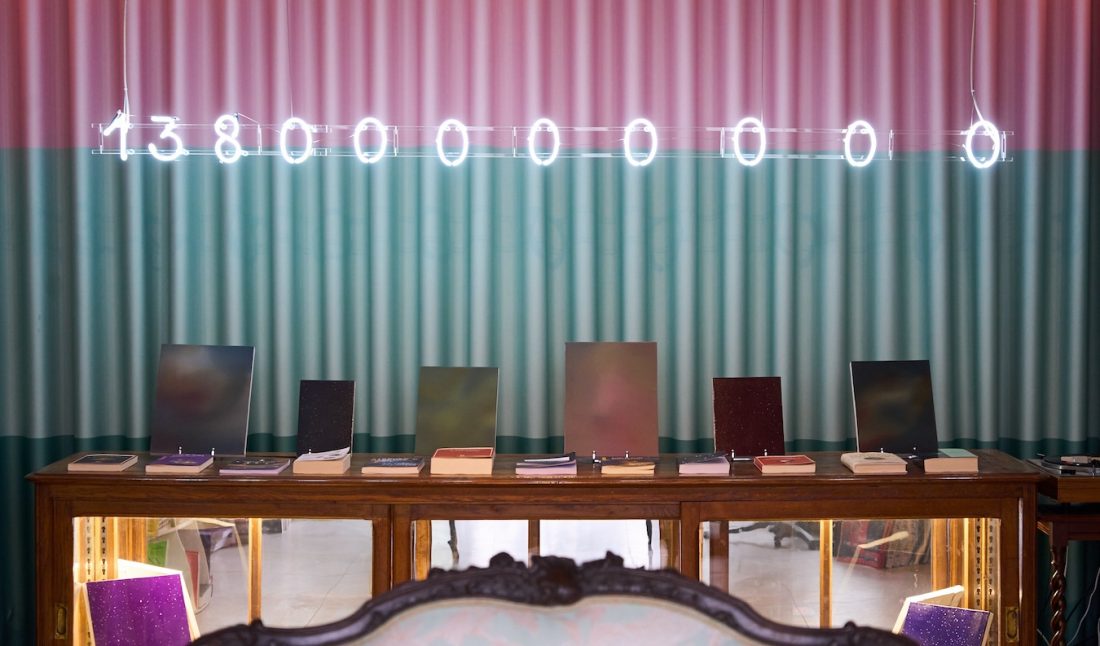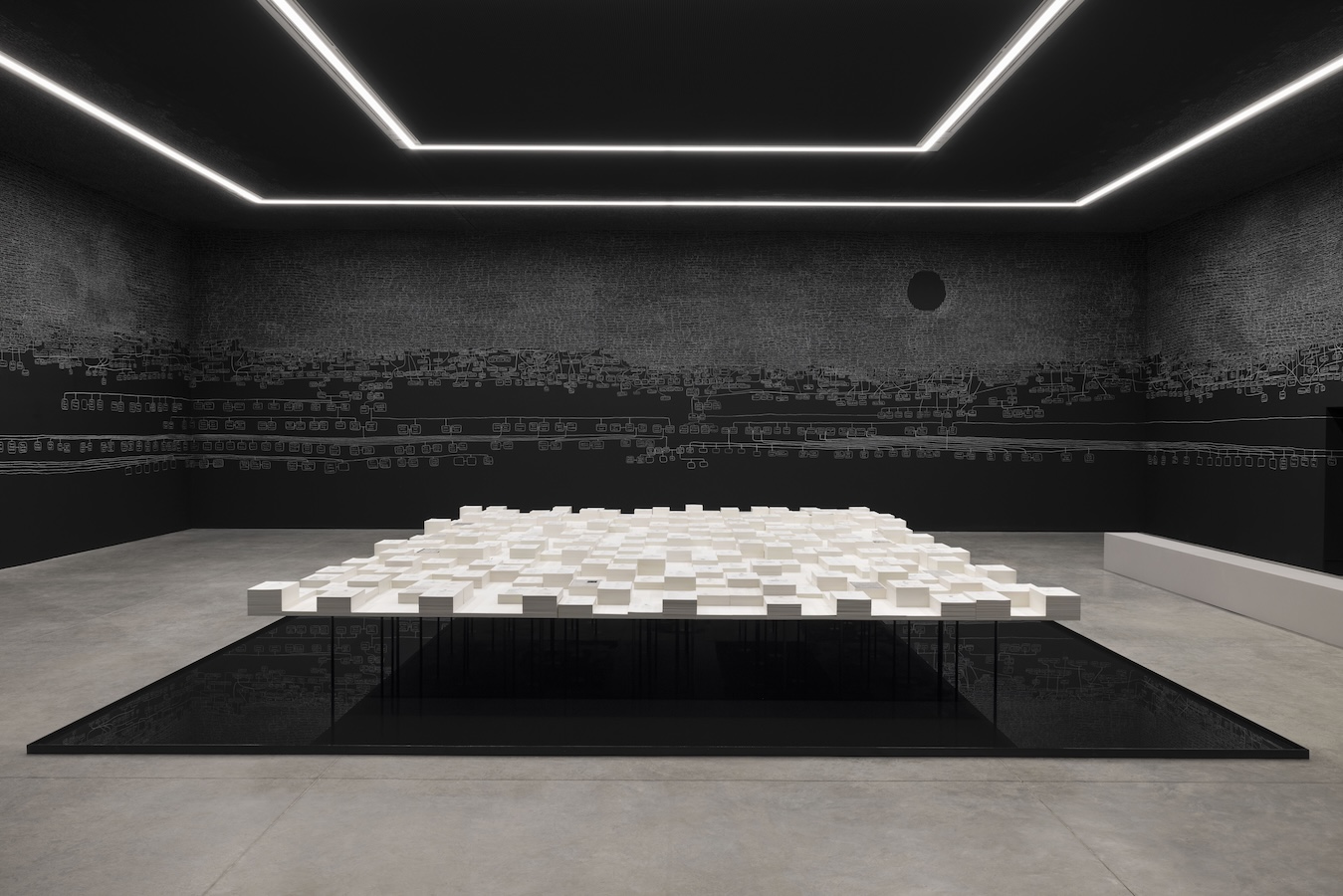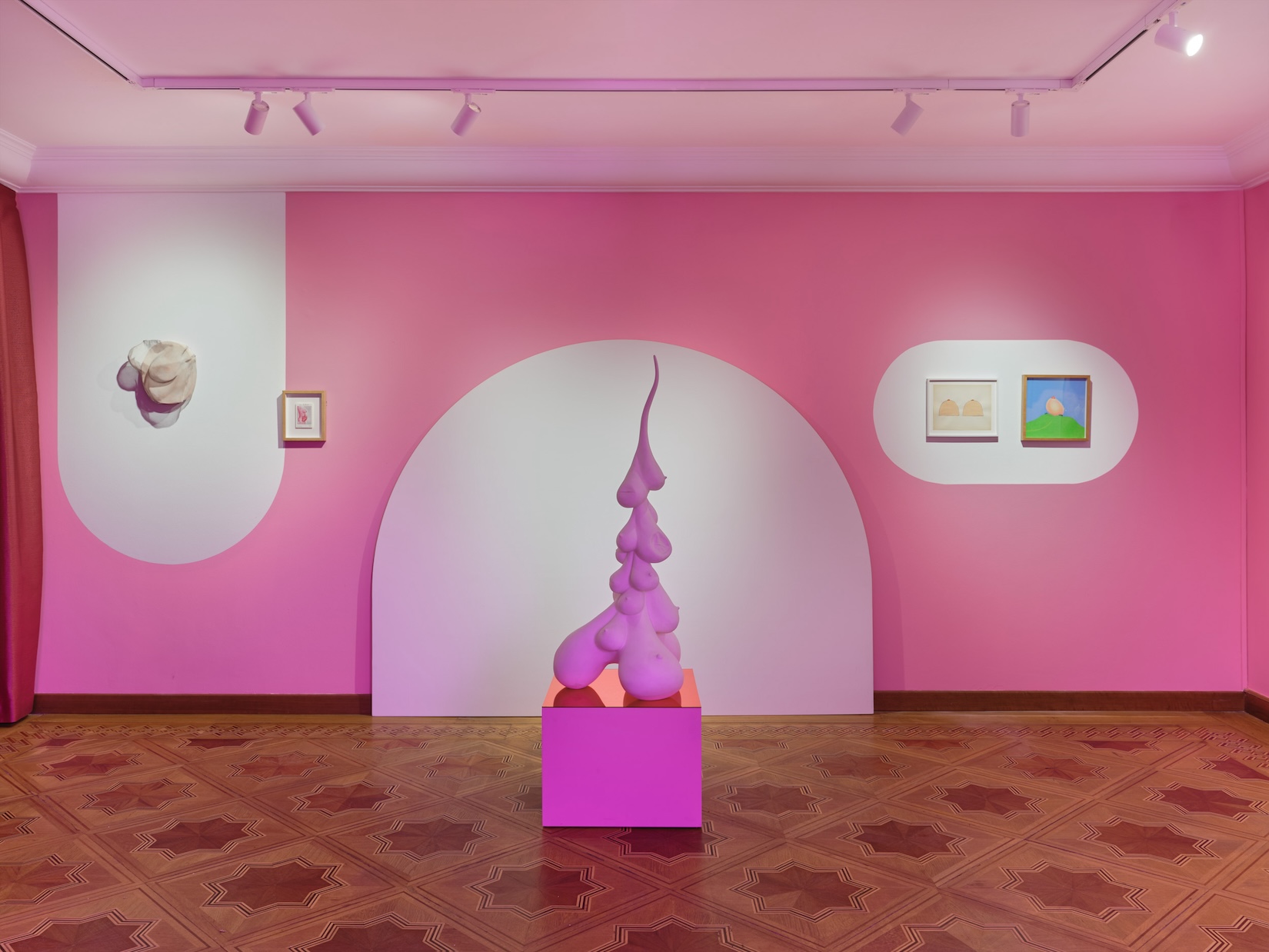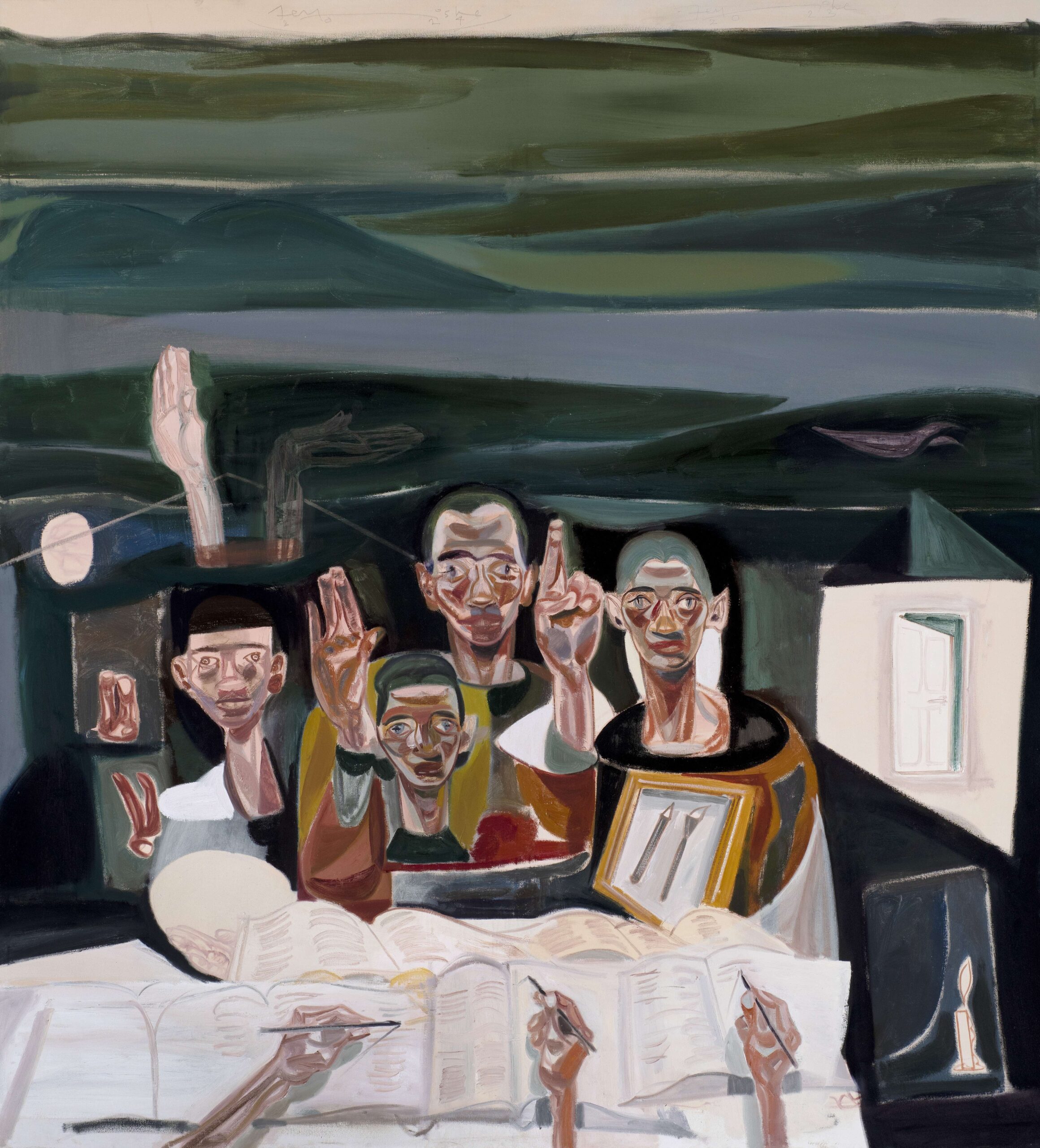Renowned for its dedication to nurturing international artistic ventures across diverse domains, Zuecca Projects unveiled a trio of exhibitions poised to enthrall audiences amid Venice’s eclectic backdrop during the 2024 Venice Biennale. Among these are “Estranged from Nature,” “Ethiopia Pavilion: Prejudice and Belonging”, and “The Elephant and the Blind Men – The Matter of the Void.” Each project embodies a unique artistic vision, yet collectively they resonate with deep and compelling significance.
“Estranged from Nature” is a solo exhibition by Ioan Sbârciu, a prominent figure in the Romanian contemporary art scene. Curated by Maria Rus Bojan and Alessandro Possati, it graces Squero Castello in Venice now through July 14, 2024. Crafted as a response to the theme “Foreigners Everywhere” of the 60th International Art Exhibition – La Biennale di Venezia 2024, “Estranged from Nature” delves into Sbârciu’s artistry, exploring themes of estrangement, loss, and resilience across monumental landscapes.
Through three interconnected series of paintings—”Cinder Forest,” “Transylvanian Lights,” and “Infinite Landscape”—Sbârciu conjures poetic realms imbued with mystical allure and emotional depth, evoking a poignant reflection on memory, hope, and the redemptive power of art. His gestural neo-Romanticist expressionism, enriched by tactile media such as ash and sand, transforms the canvas into physical topographies, capturing the infinite cycle of regeneration beyond rational confines. “Estranged from Nature” invites viewers into a realm where mystery and matter converge; it is all about humanity’s relationship with the natural world.
In its continued commitment to fostering global artistic dialogue, Zuecca Projects plays a pivotal role as as the initiator and exhibition producer of Ethiopia’s pavilion featuring contemporary artist Tesfaye Urgessa as the nation’s first representative. Esteemed author and broadcaster Lemn Sissay OBE FRSL assumed the role of curator for this landmark occasion. Urgessa’s exhibition, “Prejudice and Belonging” delves into his 13-year journey in Germany, blending personal experiences with emotive narratives. Through his art, Urgessa navigates the complexities of displacement and cultural identity, challenging perceptions of migration and surveillance culture.
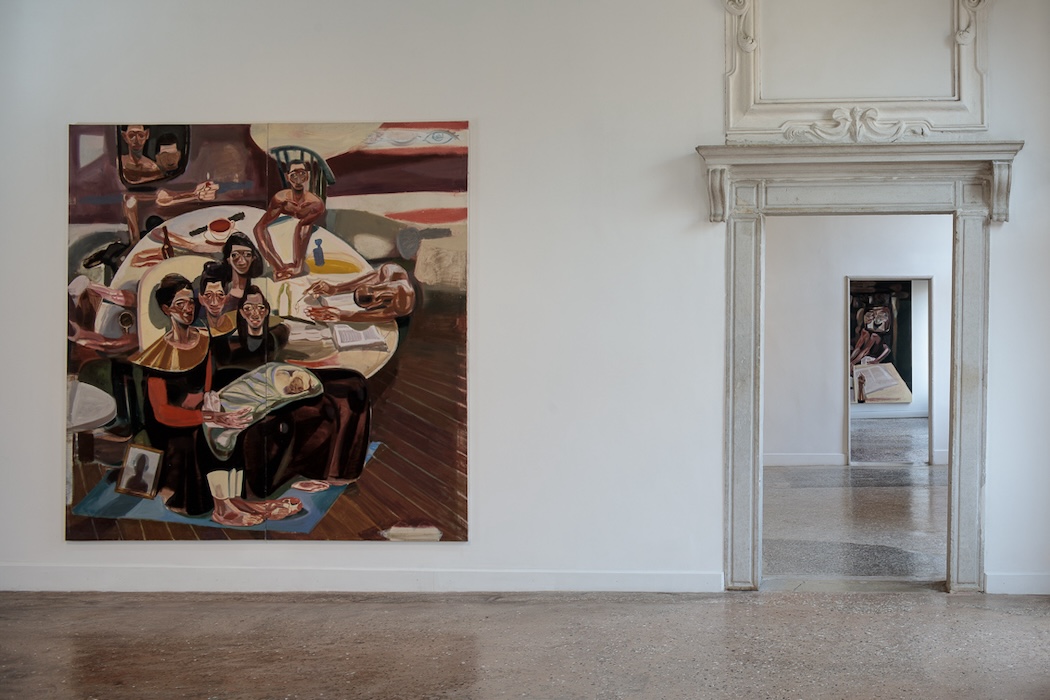 Installation view, “Prejudice and Belonging” by Tesfaye Urgessa, Ethiopia Pavilion, courtesy of Saatchi Yates.
Installation view, “Prejudice and Belonging” by Tesfaye Urgessa, Ethiopia Pavilion, courtesy of Saatchi Yates.
“The Elephant and the Blind Men – The Matter of the Void” is a profound exhibition by Chiara Capellini, made possible by Zuecca. The artist’s journey was inspired by a meeting with theoretical physicist John Ellis. It delves into the realms of emptiness and indeterminacy in physics, echoing the ancient parable of blind men encountering an elephant for the first time. Through paintings, sculptures, and a video interview with Ellis, Capellini navigates the complexities of the void, inviting viewers to contemplate the enigmatic nature of the universe. The exhibition features two distinct painting series, “Vacuum Fields” and “Neutrini,” alongside sculptures crafted in collaboration with Murano glass-makers, neon installations, and a video projection of the artist’s conversation with Ellis. Each artwork is curated alongside a selection of pertinent books, contributing to a unified narrative that offers a holistic and immersive artistic experience.
A Dynamic Platform for Interdisciplinary Collaboration
Established in 2011 under the leadership of Alessandro Possati, Zuecca Projects has flourished into a dynamic platform for interdisciplinary collaboration. Guided by a steadfast commitment to innovation, Zuecca Projects brings together artists, curators, and cultural institutions to realize ambitious projects that resonate on a global scale. With an illustrious history rooted in the Venice Biennales, Zuecca Projects has continually pushed the boundaries of artistic expression, seamlessly intertwining diverse art forms—from visual art to architecture, dance, cinema, and beyond.
While the Biennale program serves as a major focus of Zuecca’s projects, the organization’s reach extends far beyond, forging strategic partnerships to cultivate cultural dialogue and exchange on an international stage. In February 2022, Zuecca Projects initiated its Art Residency program in Venice. This program, held twice a year, provides selected artists with the opportunity to reside and create in Venice, specifically at Squero Castello, for a minimum of one month. During their stay, artists are encouraged to produce new artworks and further cultivate their artistic practice in the culturally rich environment of Venice.
Whitewall recently interviewed Alessandro Possati, the founder and Director of Zuecca Projects. He graciously shared insights into the vision behind the platform, the development of the three current Venice shows, along with other noteworthy projects undertaken by the organization.
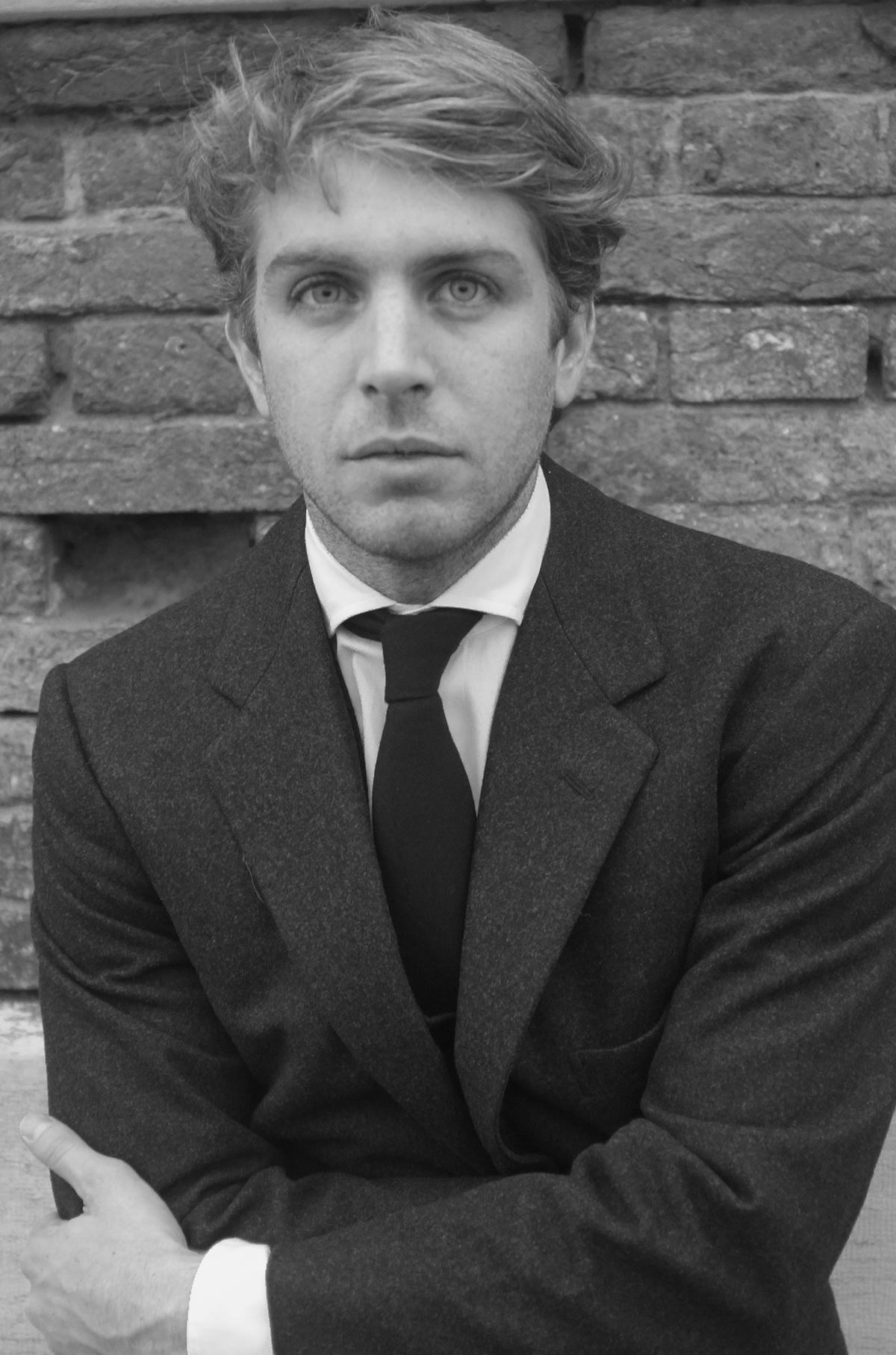 Portrait of Alessandro Possati, founder and Director of Zuecca Projects, courtesy of Zuecca Projects.
Portrait of Alessandro Possati, founder and Director of Zuecca Projects, courtesy of Zuecca Projects.
WHITEWALL: The projects curated by Zuecca often tackle contemporary issues and themes. How do you go about selecting artists and projects that resonate with your organization’s vision and mission?
ALESSANDRO POSSATI: The majority of my time is spent researching, in all possible ways, from combing through exhibitions in both established and remote museums and institutions to studio visits and art fairs from the popular to the regional ones. However, the most valuable inspiration stems from conversations that we entertain with academics and artists – what is really essential is finding the resonance in the current moment, or better yet, finding projects that will have a lasting meaning throughout time, deepening audiences’ understanding around a subject.
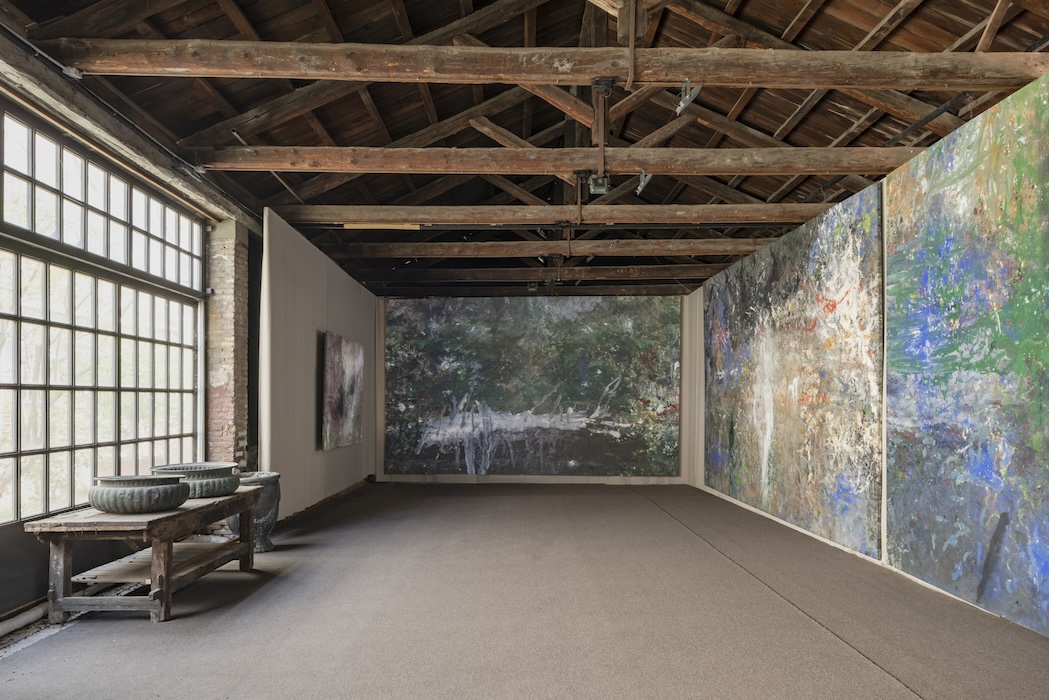 Installation view, “Estranged from Nature” by Ioan Sbârciu, courtesy of Zuecca Projects and MB Art Agency, photo by Matteo Losurdo.
Installation view, “Estranged from Nature” by Ioan Sbârciu, courtesy of Zuecca Projects and MB Art Agency, photo by Matteo Losurdo.
“The most valuable inspiration stems from conversations that we entertain with academics and artists,” — Alessandro Possati
WW: “Estranged from Nature”, “Prejudice and Belonging”, and “The Elephant and the Blind Men” are three distinctive exhibitions showcased during this year’s Venice Biennale. Could you elaborate on the ideas and curatorial process behind these exhibitions?
AP: Each project represents a facet of contemporary culture, delving into themes currently at the forefront of discourse, all intertwined by a thread of relevance. Whether emerging or established, each artist has traversed themes and subjects throughout their careers that remain profoundly pertinent today, securing their significance in the foreseeable future.
From Ioan Sbârciu’s exploration of devastated landscapes and humanity’s detachment from nature since the 1990s—a central focus of the current Venice show—to Tesfaye Urgessa’s interwoven representations of race and the politics of identity in the inaugural Ethiopian Pavilion at the Biennale Arte 2024, and further through artist Chiara Capellini’s examination of the relationship between science and art, investigating the concept of vacuum in quantum physics.
WW: Collaboration seems to be a cornerstone of Zuecca Projects’ ethos, involving artists, curators, institutions, and private sector companies. What do you believe are the key ingredients for successful interdisciplinary collaboration, and how do you navigate the diverse interests and perspectives of stakeholders?
AP: Collaboration is extremely important: expanding boundaries and understanding by creating meaningful connections between the various elements, even when they may not be evident at first, is at the core of having a “vision”. We carry this out through extended conversations and by bridging the various elements, creating a common ground where everyone involved, including the audience, walks away enriched by both the experience and the outcome.
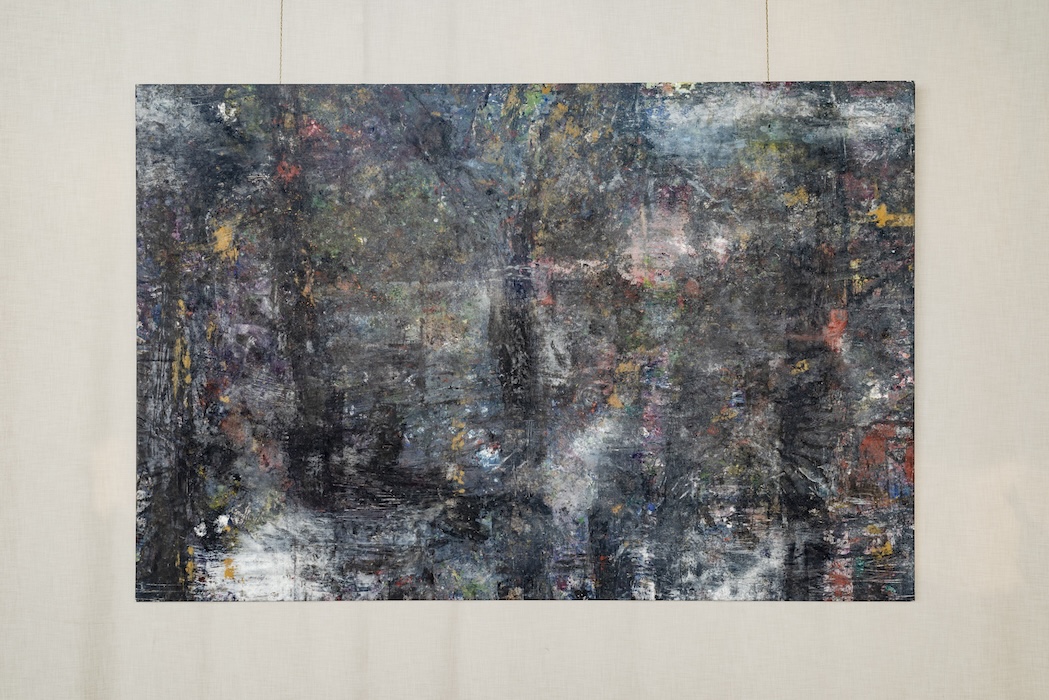 Installation view, “Estranged from Nature” by Ioan Sbârciu, courtesy of Zuecca Projects and MB Art Agency, photo by Matteo Losurdo.
Installation view, “Estranged from Nature” by Ioan Sbârciu, courtesy of Zuecca Projects and MB Art Agency, photo by Matteo Losurdo.
“Whether emerging or established, each artist has traversed themes and subjects throughout their careers that remain profoundly pertinent today,” — Alessandro Possati
WW: Zuecca Projects recently initiated an Art Residency program in 2022. How do you believe these residencies contribute to the artistic development of emerging and established artists, and what impact do they have on the local cultural scene?
AP: The Artists are allowed to explore a corner of the city of Venice at its quietest moment, in absolute solitude and meditation, which is rather rare in today’s hectic, frenetic world, from what I am told. We create an environment whereby we bring residents in contact with a variety of local realities, partly connected to their work and partly as an exploratory mission to add layers of understanding to their practice. We try to bring them “into” the city in a more intimate way.
For example, various schools with student classes come to visit a few times, as well as specific academics who may have shared interests in the subjects treated during the residencies by the invited artists. Furthermore, artists involved are often included in either solo or group shows organized by Zuecca, ranging from inside the Biennale walls itself to possible cities around the world.
WW: Looking towards the future, what are some upcoming projects or initiatives that Zuecca is particularly excited about, and how do you envision the organization’s role in shaping the cultural landscape in the years to come?
AP: Our program is now looking to the Fall for the slate of new exhibition projects, commencing during the upcoming Film Festival in Venice, where we will host a solo show of Ben Spiers (our artist in residence at the beginning of 2024). This will be followed by exhibitions in major art cities such as Paris, London, and NYC during October and November, coinciding with the major art fairs. For example, artist Chiara Capellini will present the continuation of her Venice project in Marseille, at the Cité Radieuse by Le Corbusier.
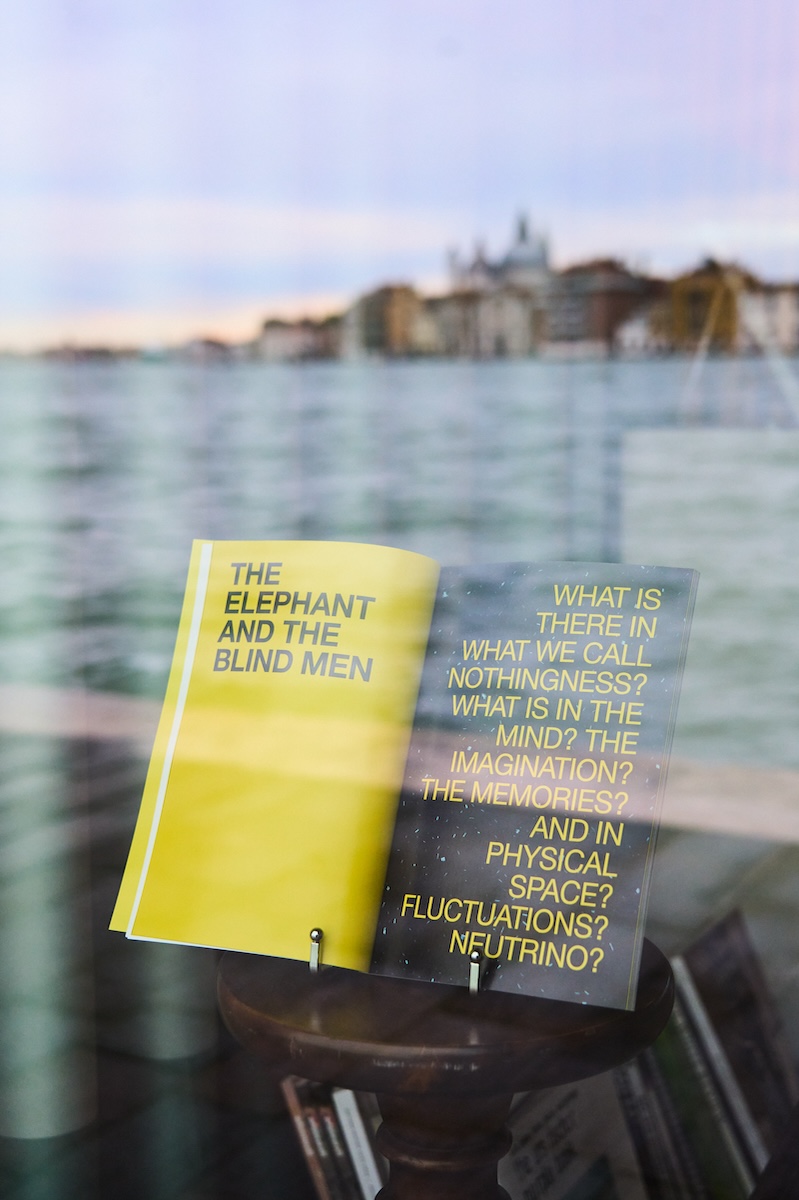 Installation view, “The Elephant and the Blind Men – The Matter of the Void” by Chiara Capellini, courtesy of Zuecca Projects, photo by Marcin Gierat.
Installation view, “The Elephant and the Blind Men – The Matter of the Void” by Chiara Capellini, courtesy of Zuecca Projects, photo by Marcin Gierat.
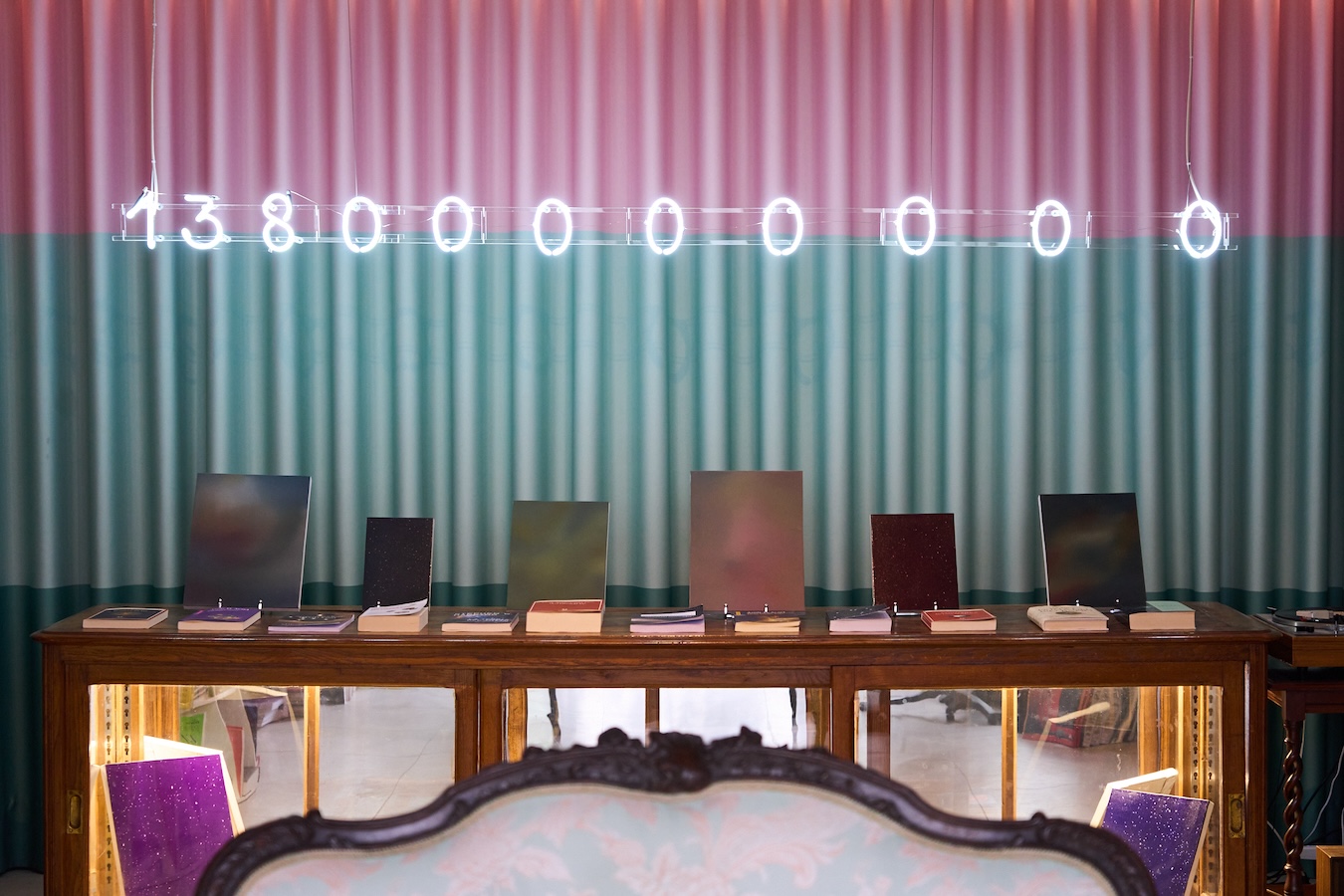 Installation view, “The Elephant and the Blind Men – The Matter of the Void” by Chiara Capellini, courtesy of Zuecca Projects, photo by Marcin Gierat.
Installation view, “The Elephant and the Blind Men – The Matter of the Void” by Chiara Capellini, courtesy of Zuecca Projects, photo by Marcin Gierat.






